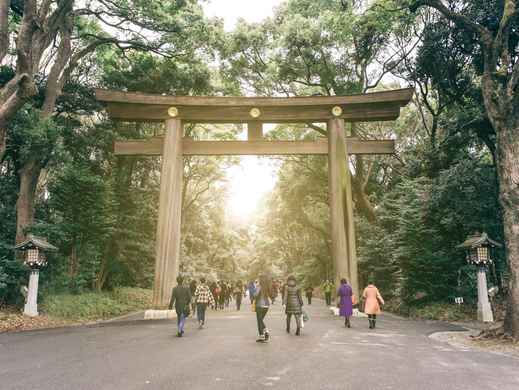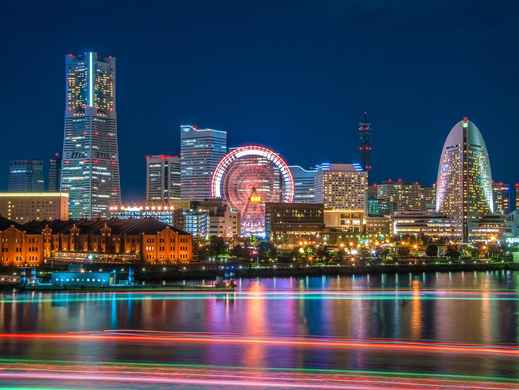


Kanagawa
Asia
/
Japan
/
Kanagawa
Nestled immediately to the south of Tokyo is the Kanagawa Prefecture, presenting a quintessential mix of traditional Japanese culture and contemporary urban life. This coastal region boasts a temperate climate ensuring mild winters and balmy summers which earns it the tag of a year-round travel destination. Covering the area from the animated port metropolis of Yokohama to the hilly spring town of Hakone, the prefecture unfolds both stunning coastlines and rich green hills.
In Kanagawa, life unwinds at a tad slower pace in comparison to Tokyo with locals valuing a life that simultaneously embraces urban convenience and natural allure. The region captivates with its profound links to samurai history and Japan's embarkment towards the Western world, especially in the cities of Kamakura and Yokohama. This unique cultural blend extends to the realms of architecture and the gastronomy scene.
Kanagawa's distinguishing charm lies in its plethora of experiences. It unfolds centuries of Japanese culture from the venerated Great Buddha (Daibutsu) in Kamakura to the avant-garde art installations on Naoshima Island within a compact area. The region takes pride in its signature dish, Sanma-men, a Chinese-inspired noodle soup with roots in Yokohama's Chinatown, topped by the locally caught shirasu (whitebait), often dished out fresh over rice.
Remember to relish the sweeping views of Mount Fuji as you soak in a Hakone onsen, wander around the ancient Zen temples of Kamakura, and saunter through Yokohama's vintage Minato Mirai district. The area's geographical proximity to Tokyo makes it a hit among those seeking bona fide Japanese experiences without venturing too far from the capital.

Get to Know Kanagawa
Take a tour of this destination's highlights
Popular Areas in Kanagawa

Travel Tips for Kanagawa
What you need to know before traveling here
Getting Around Kanagawa
A guide to Kanagawa's local transportation
The JR East network coupled with private railway lines ensures a far-reaching spread across Kanagawa. Consider getting a PASMO or Suica IC card for hassle-free travel. Trains operate regularly from 5 AM to midnight, hosting English signage and announcements at major stations.
Practical Tips for Kanagawa
Things to prepare and best way to visit
Ride the Narita Express (N'EX) from Narita Airport, or the Keikyu Line from Haneda Airport to Yokohama Station. Travel duration estimates at about 90 minutes from Narita and 30 minutes from Haneda.
Signages in English are prevalent in significant tourist clusters and stations, but English conversationalists are less frequent in comparison to Tokyo. Familiarize yourself with basic Japanese phrases and keep a translation app on hand for convenience.
Spring (running through March-May) accommodating cherry blossoms and autumn (October-November) hosting fall colors are considered peak seasons. Summer can get humid but is apt for festivals, while winter reveals clear vistas of Mount Fuji.
Allocating a period of 3-4 days allows you to explore the primary attractions in Yokohama, Kamakura, and Hakone without feeling rushed.
While major hotels, restaurants, and retail outlets accept credit cards, cash-carrying is advisable for transactions at smaller establishments, temples, and local marketplace areas.
See All Practical Tips for Kanagawa

Get to Know Kanagawa

Travel Tips for Kanagawa
More Destination Near Kanagawa















 Facebook
Facebook Instagram
Instagram TikTok
TikTok Youtube
Youtube Telegram
Telegram
